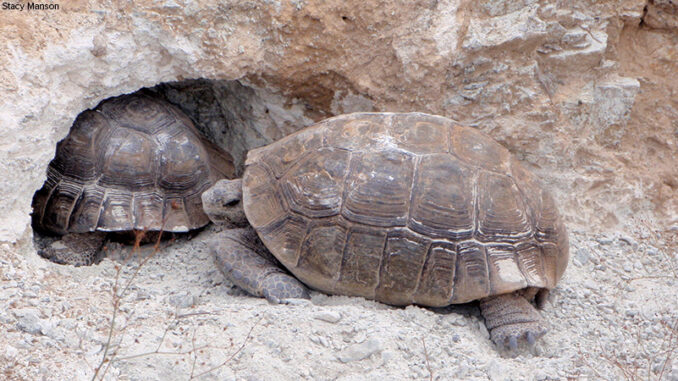
2020’s Devastating Storm Season
It’s no exaggeration to say that 2020 has been a challenging year for most people. And this is especially true for people who have experienced this year’s record-breaking Atlantic hurricane season. Hurricanes are given names in alphabetical order, starting with “A,” at the beginning of each storm season. This year there were so many storms–a total of 30–that the World Meteorological Organization exhausted the entire alphabet, naming the final nine hurricanes for letters of the Greek alphabet.
But that’s not the only record set by this season. It was also the year that the most named hurricanes hit the continental United States–a total of twelve. Luckily, none of the storms made landfall in any major cities in the United States. It was also the latest time in the year that a Category 5 storm was identified. In mid-November, Hurricane Iota crossed over Nicaragua and Honduras.
Why was this year so unusual? Weather experts say that it was due in part to La Nina, a weather pattern that causes cooler ocean temperatures in the Pacific. But most agree that it’s also due to climate change. Ocean temperatures in the Atlantic Ocean, Gulf of Mexico, and Caribbean Sea all reached record highs this year. Climate change may also cause hurricanes to be stronger and to retain moisture longer, which means that when they make landfall, they last longer and cause more damage.
Dig Deeper Only one other time in history have there been so many hurricanes in a single season that scientists had to resort to Greek letters to name them. What year was it, and how many hurricanes were named that year?
Athlete with Down Syndrome Completes Ironman Triathalon
Completing a triathlon is always a major accomplishment. But it’s even more amazing when an athlete faces unique challenges. On November 10, Chris Nikic completed the Ironman Florida triathlon in Panama City Beach. Nikic is the first athlete with Down syndrome to accomplish this. He completed the challenge–which includes a 2.4-mile swim, 112-mile bike ride, and 26.2-mile run–in sixteen hours and 46 minutes, with guide Dan Grieb by his side. Chris’s progress was documented on social media by both the Special Olympics and Ironman, gaining thousands of new followers and raising awareness of Down syndrome across the country.

As if this story alone wasn’t heartwarming enough, there’s also the story of how Chris trained for the event. He and his father, Nik Nikic, trained together with a program they called the “One percent challenge.” The goal was to achieve 1 percent improvement every day, while also advocating for Down syndrome awareness.
Now that he has become one of the estimated 0.01 percent of the U.S. population who has successfully completed an Ironman triathlon, Nikic says that his next goal is competing in the 2022 Special Olympics USA Games. He also wants to continue to raise money for Special Olympics, Down syndrome, and RODS (Racing for Orphans with Down Syndrome).
Dig Deeper Use internet resources to find stories of other athletes who have overcome unique challenges in order to train, compete, and accomplish their goals. Choose one of these athletes and write a short paragraph about what you learn.
The Mystery of the Monoliths
Everyone loves a good mystery . . . and it’s even more exciting when that mystery is real, not fiction. You may have heard about the metal monolith–a pillar that appeared and later disappeared–in a remote part of the Utah desert in late November. It was originally discovered by a team flying overhead in a helicopter to count bighorn sheep. Utah authorities described the monolith as about eleven feet tall and firmly rooted in the rock. They had no idea how it got there. Ten days later, it was removed just as mysteriously, leaving behind only a hole and a triangular metal piece from the top of the structure. (A reporter claimed to have seen a group of four men removing the monolith.)
Just days after the first monolith’s disappearance, other identical monoliths appeared in different places around the globe. One appeared overnight in Piatra Neamt, Romania, on the Batca Doamnei plateau which overlooks the city. Another monolith appeared at the summit of Pine Mountain Loop at Stadium Park in Atascadero, California. This one was only in place for a day. As was the case in Utah, the local news reported seeing four men dismantle the structure, leaving behind only the rebar, a metal stake, that held the monolith in place.
What Do You Think? What is your theory about the mysterious monoliths? How did they get there? And why do you think these particular locations were chosen? Where in the world do you think an unexplained monolith might pop up next?
Wildlife Overpass
It happens to nearly every driver at one time or another. You’re driving down the road when all of a sudden, a squirrel or deer jumps out in front of your vehicle. But what if it were possible to create a way for wildlife to cross roads and highways safely? Authorities in Utah have done just that. Two years ago, the Utah Department of Transportation (UDOT), in partnership with the Utah Division of Wildlife Resources, built a “wildlife overpass” in Parleys Canyon. The overpass looks like traditional overpasses, except that instead of a road, it’s covered with dirt and dotted with rocks, logs, and other natural objects to make it appear just a part of the natural landscape. The goal of the project was to preserve wildlife in the canyon, but also to protect drivers passing through on busy six-lane Interstate 80.
You may be wondering if the local wildlife is cooperating with the project. A video recently posted by the Utah Division of Wildlife shows that the overpass is working. In the video, animals as small as squirrels and as large as deer, moose, and even bears and mountain lions are shown meandering across the overpass. The post goes on to thank everyone involved with the project, including UDOT and Utah State University. It also reminds people to please stay off of the overpass so as not to interfere with the migrating animals.
The Utah Division of Wildlife isn’t stopping there. In its quest to reduce the number of animal-vehicle collisions, it has worked with UDOT to build six new wildlife crossings this year and to install eight-foot fencing to direct animals to the safe crossing spots.
